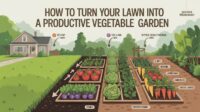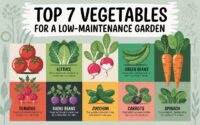Companion Planting: Which Vegetables Grow Best Together?
Published: 2025-10-18
What Is Companion Planting?
Companion planting involves growing different crops in close proximity to benefit one another. Some plants repel pests. Others improve soil nutrients. Many attract pollinators. This method has been used for centuries in organic gardening and sustainable agriculture.
Because companion planting reduces the need for chemical fertilizers and pesticides, it supports healthier soil and safer food. It also helps maximize space and improve biodiversity.
Benefits of Companion Planting
The advantages of companion planting go beyond pest control. When done correctly, it enhances every aspect of your garden.
- Improved soil health: Legumes fix nitrogen, enriching the soil for neighboring plants
- Natural pest control: Strong-scented herbs deter harmful insects
- Pollinator attraction: Flowers and herbs bring bees and butterflies
- Efficient space use: Tall plants provide shade for low-growing crops
- Disease prevention: Spacing and diversity reduce the spread of pathogens
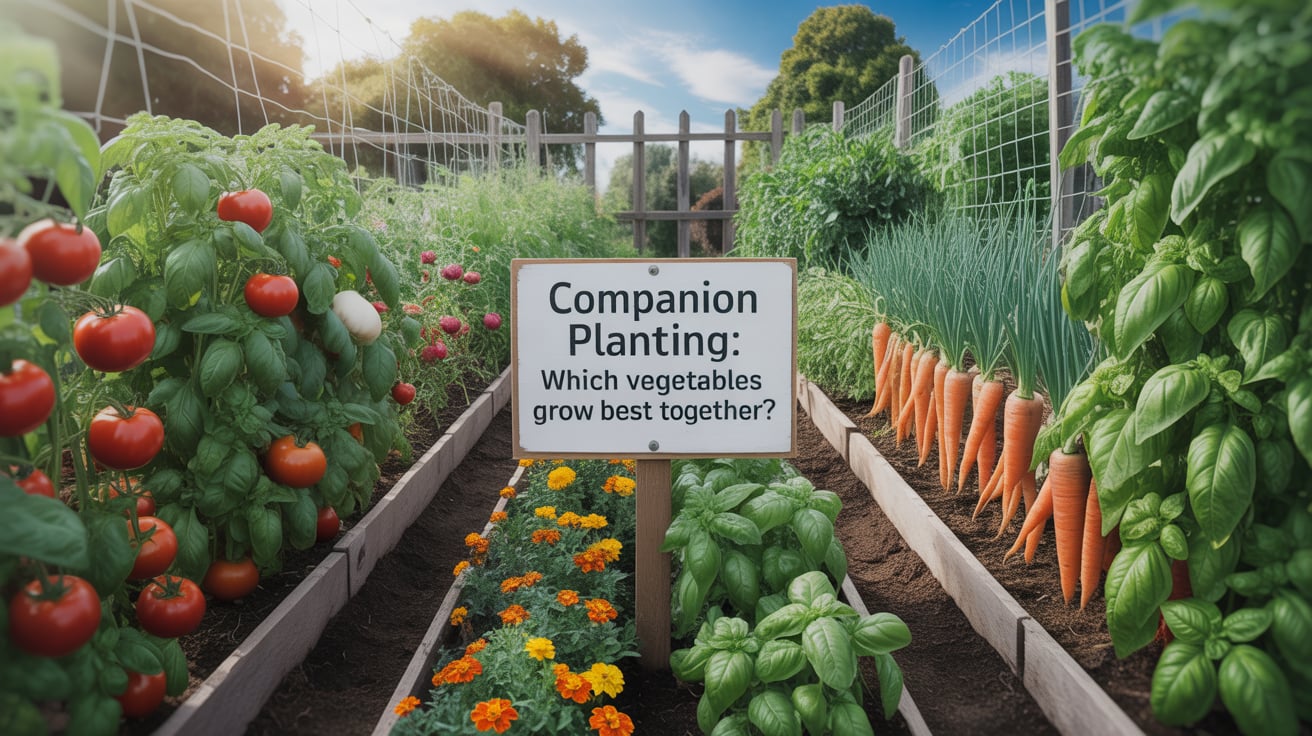
Because of these benefits, companion planting is considered essential in organic gardening.
Best Vegetable Companions: A Quick Reference Table
Here’s a table showing popular vegetables and their ideal companions:
| Vegetable | Good Companions | Avoid Planting With |
|---|---|---|
| Tomatoes | Basil, onions, carrots | Potatoes, corn |
| Carrots | Lettuce, peas, onions | Dill |
| Beans | Corn, cucumbers, radishes | Onions, garlic |
| Lettuce | Carrots, radishes, strawberries | Parsley |
| Cucumbers | Beans, corn, sunflowers | Sage |
| Peppers | Basil, onions, spinach | Fennel |
This table helps you plan your garden layout for optimal results.
Tomatoes: Best Friends and Worst Neighbors
Tomatoes thrive when planted near basil. This aromatic herb repels aphids and improves tomato flavor. Onions and carrots also support tomato growth by deterring pests and loosening the soil.
However, tomatoes should not be planted near potatoes. Both are prone to blight and compete for nutrients. Corn is another poor companion because it attracts tomato hornworms.
Ideal tomato companions:
- Basil
- Onions
- Carrots
- Marigolds
| Avoid planting near: |
|---|
Because tomatoes are heavy feeders, they benefit from nutrient-rich soil and regular composting. |
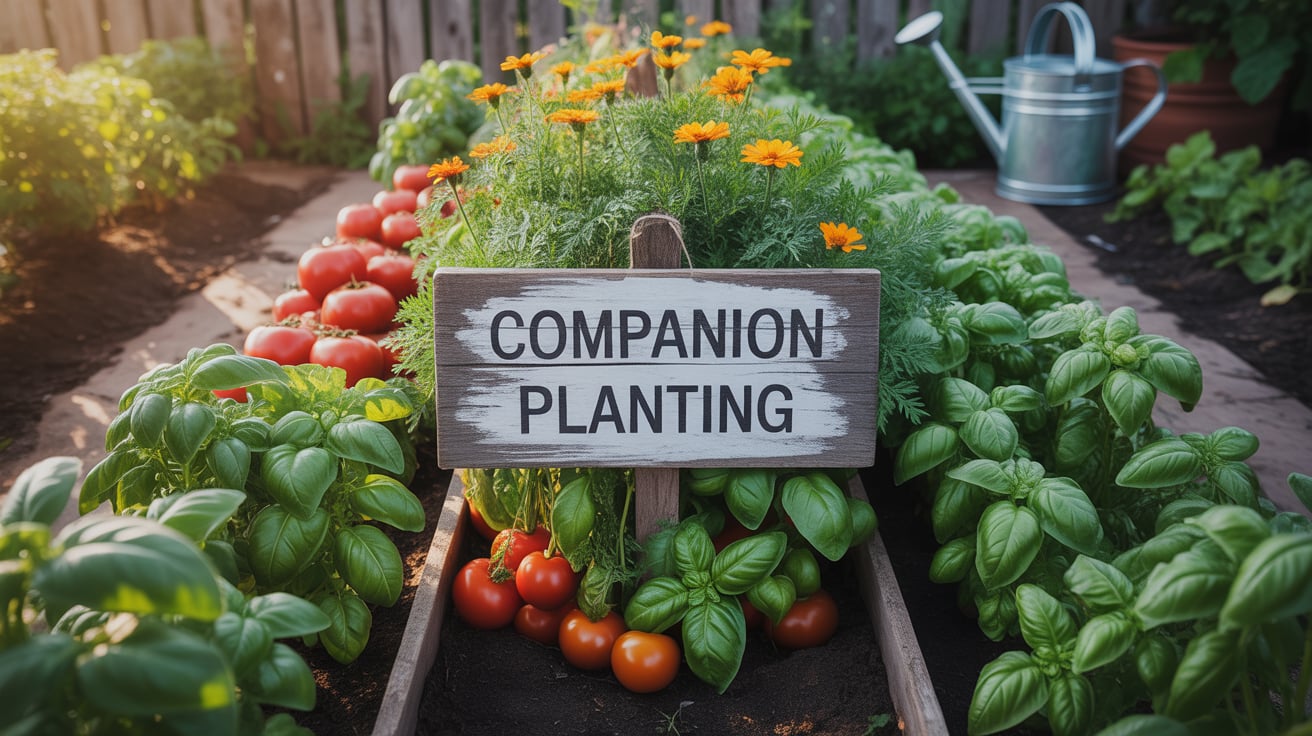
Beans: Nitrogen Fixers and Soil Builders
Beans are excellent companions for many vegetables. They fix nitrogen in the soil, which benefits leafy greens and root crops. Corn and cucumbers grow well with beans because they share similar water and sunlight needs.
However, beans should not be planted near onions or garlic. These alliums release compounds that inhibit bean growth.
Best bean companions:
- Corn
- Cucumbers
- Radishes
- Celery
Avoid planting near:
- Onions
- Garlic
- Leeks
Because beans enrich the soil, they are often used in crop rotation systems.
Carrots: Underground Allies
Carrots grow best with lettuce, peas and onions. These companions help deter pests and improve soil structure. Lettuce provides shade, which keeps carrots cool. Onions repel carrot flies.
Dill, however, should be avoided. It can stunt carrot growth and attract pests.
Good carrot companions:
- Lettuce
- Peas
- Onions
- Tomatoes
Avoid planting near:
- Dill
- Parsnips
Because carrots are sensitive to compacted soil, they benefit from loose, sandy beds.
Peppers: Heat-Loving Companions
Peppers enjoy the company of basil, onions and spinach. Basil repels aphids and spider mites. Onions mask the scent of peppers, confusing pests. Spinach grows well in the shade of pepper plants.
Fennel should be avoided. It releases chemicals that inhibit pepper growth.
Best pepper companions:
- Basil
- Onions
- Spinach
- Carrots
Avoid planting near:
- Fennel
- Kohlrabi
Because peppers need warmth and consistent moisture, mulching is recommended.
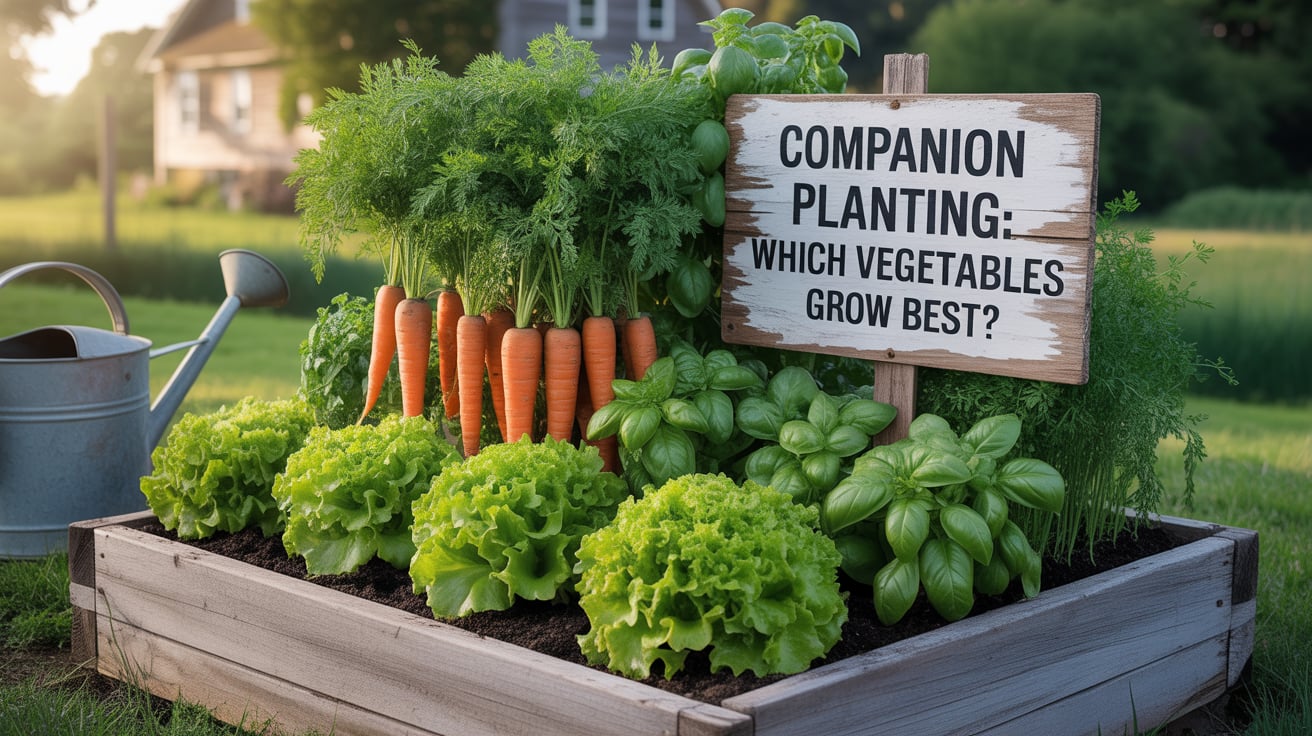
Lettuce: Cool-Season Collaborators
Lettuce pairs well with carrots, radishes and strawberries. These companions help deter pests and improve soil aeration. Lettuce also benefits from shade provided by taller plants.
Parsley should be avoided. It competes for nutrients and attracts aphids.
Good lettuce companions:
- Carrots
- Radishes
- Strawberries
- Beets
Avoid planting near:
- Parsley
- Celery
Because lettuce prefers cool temperatures, it is ideal for spring and fall planting.
Cucumbers: Climbing Companions
Cucumbers grow well with beans, corn and sunflowers. These plants provide support and shade. Beans improve soil nitrogen. Corn acts as a natural trellis.
Sage should be avoided. Its strong scent can inhibit cucumber growth.
Best cucumber companions:
- Beans
- Corn
- Sunflowers
- Dill
Avoid planting near:
- Sage
- Potatoes
Because cucumbers need consistent moisture, drip irrigation is recommended.
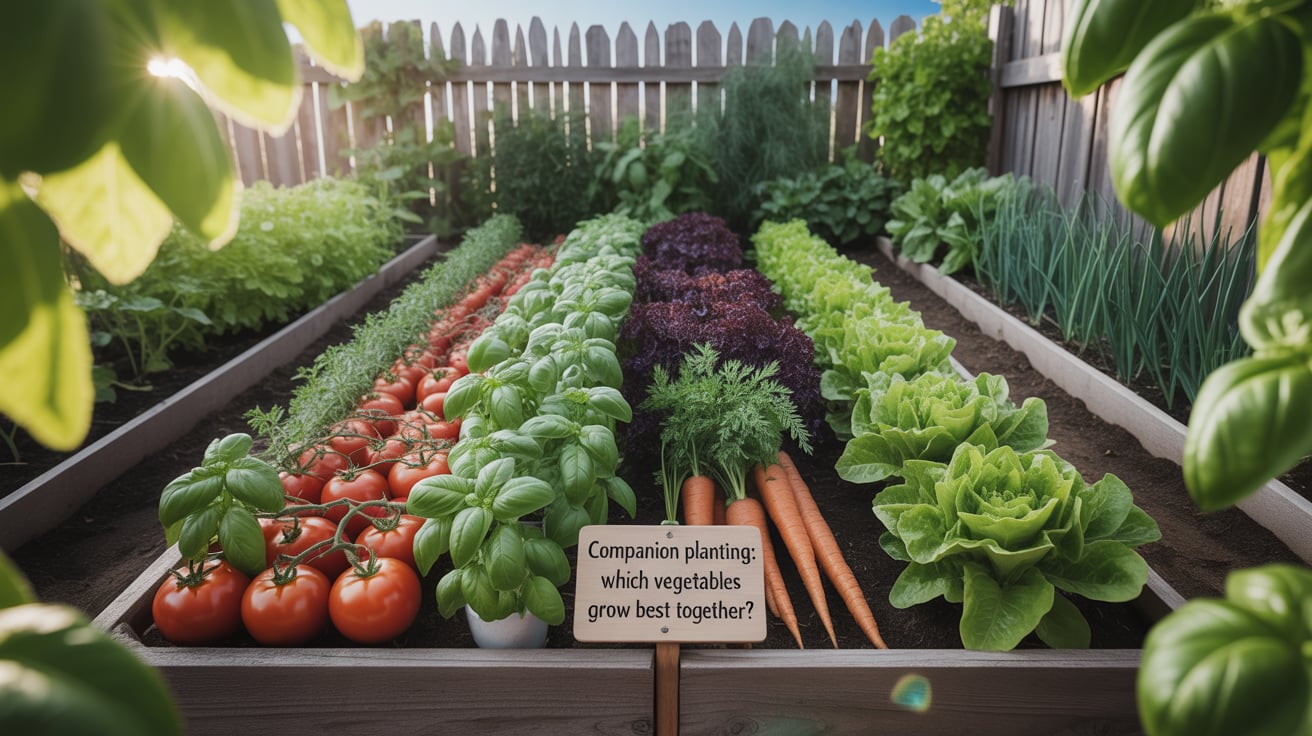
Companion Planting for Pest Control
Certain plant combinations help repel pests naturally. This reduces the need for chemical sprays.
| Pest | Repelled By | Companion Plants |
|---|---|---|
| Aphids | Strong-scented herbs | Basil, mint, chives |
| Cabbage worms | Bitter or aromatic plants | Thyme, rosemary, sage |
| Carrot flies | Alliums | Onions, garlic |
| Tomato hornworms | Marigolds and basil | Tomatoes, basil |
Because these combinations work naturally, they support organic gardening goals.
Flowers and Herbs That Support Vegetables
Flowers and herbs play a vital role in companion planting. They attract pollinators and repel pests.
Helpful flowers:
- Marigolds: Repel nematodes and beetles
- Nasturtiums: Trap aphids and whiteflies
- Calendula: Attract beneficial insects
Helpful herbs:
- Basil: Repels mosquitoes and aphids
- Mint: Deters ants and flea beetles
- Thyme: Keeps cabbage worms away
Because these plants offer multiple benefits, they are often included in permaculture designs.
Planning Your Garden Layout
A well-planned layout improves airflow, sunlight exposure and pest control. Use raised beds or rows to organize companion groups.
Layout tips:
- Group compatible plants together
- Use tall plants to shade sensitive crops
- Rotate crops each season
- Include flowers and herbs in every bed
Because layout affects plant health, it should be planned before planting.
Seasonal Companion Planting Guide
Here’s a seasonal guide to help you plan your garden:
| Season | Vegetables to Pair Together |
|---|---|
| Spring | Lettuce with carrots and onions |
| Summer | Tomatoes with basil and peppers |
| Fall | Spinach with garlic and beets |
| Winter | Indoor herbs like mint and thyme |
Because timing matters, seasonal planning improves success rates.
Companion Planting Mistakes to Avoid
While companion planting offers many benefits, mistakes can reduce effectiveness.
Common errors:
- Planting incompatible crops together
- Ignoring spacing requirements
- Overcrowding beds
- Forgetting crop rotation
Because these mistakes affect yield, they should be avoided through careful planning.
FAQs
Basil is the best companion. It repels pests and enhances flavor.
No, onions inhibit bean growth.
Yes, flowers attract pollinators and repel pests.
Yes, it maximizes space and improves productivity.
They should be within 12–18 inches depending on the crop.

- Be Respectful
- Stay Relevant
- Stay Positive
- True Feedback
- Encourage Discussion
- Avoid Spamming
- No Fake News
- Don't Copy-Paste
- No Personal Attacks



- Be Respectful
- Stay Relevant
- Stay Positive
- True Feedback
- Encourage Discussion
- Avoid Spamming
- No Fake News
- Don't Copy-Paste
- No Personal Attacks

